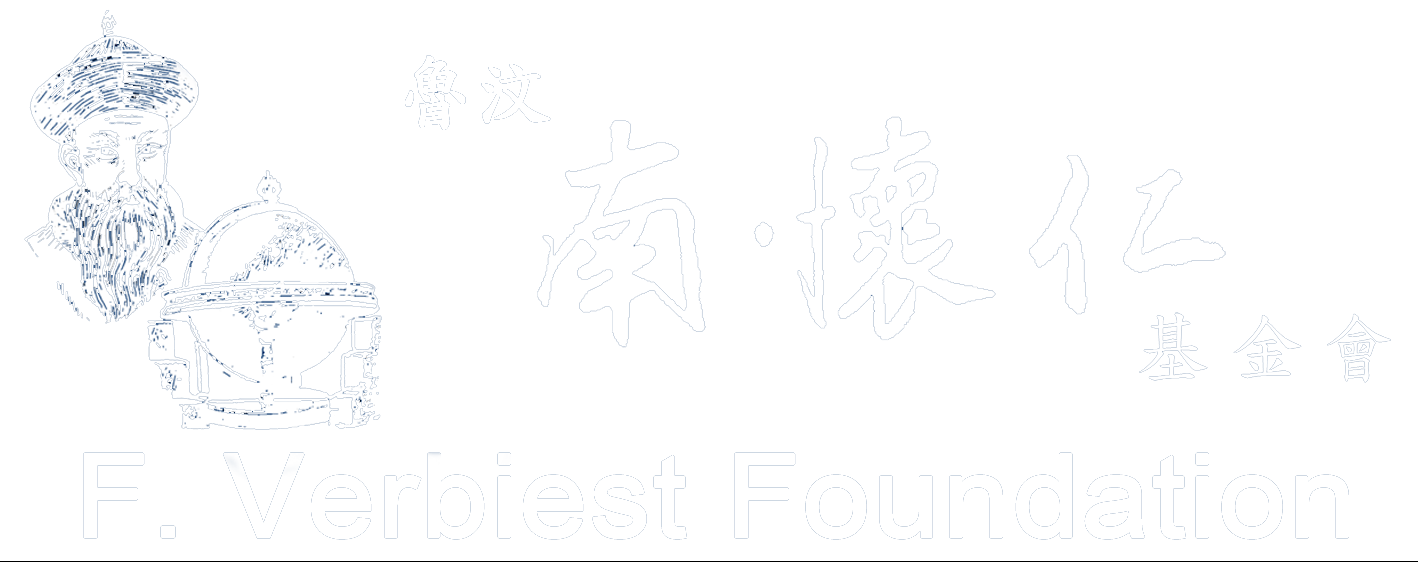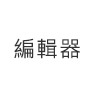By Wei-Ying Ku (Honorary Professor, Department of History, National Taiwan University)
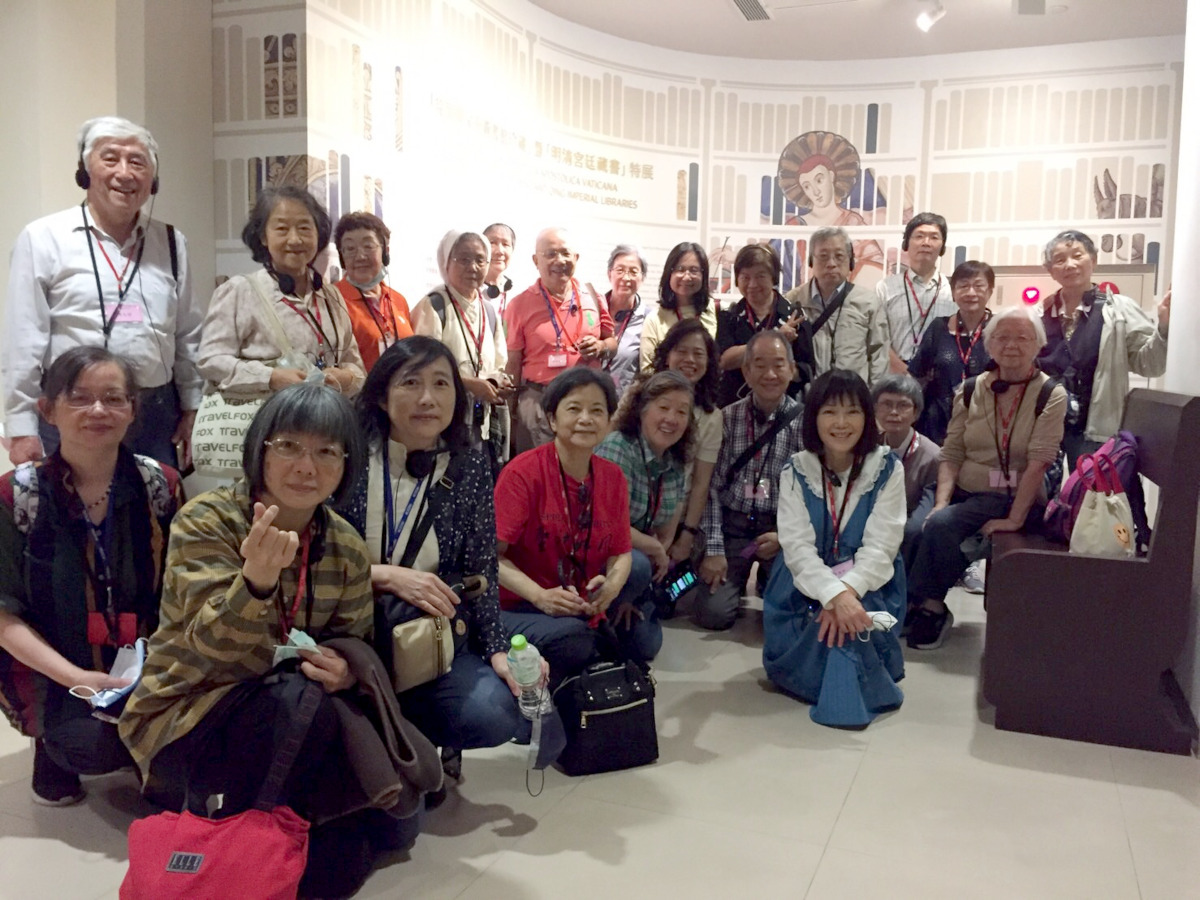 The Chinese Verbiest Cultural Exchange Association (Verbiest Association) is committed to the exchange between Chinese and Western cultures. In 2023, there were be two quite significant activities: a guided tour of the Pontifical and Palace Museum Book Exhibitions, and a presentation and a reading club of some new titles of the Huairen book collection.
The Chinese Verbiest Cultural Exchange Association (Verbiest Association) is committed to the exchange between Chinese and Western cultures. In 2023, there were be two quite significant activities: a guided tour of the Pontifical and Palace Museum Book Exhibitions, and a presentation and a reading club of some new titles of the Huairen book collection.
In April, the Vatican Pontifical Library in Rome co-organized a book exhibition with the National Palace Museum in Taipei. The Pontifical Library was founded by Pope Nicholas V (r. 1447-1455) in the mid-15th century, at a time when the Pope's secular power was strong, for “the convenience of intellectuals". Over the millennia, the collection has been enriched both architecturally and in the book deposit through additions and acquisitions by several popes, leading to its present size, which is claimed to be the "memory of mankind".
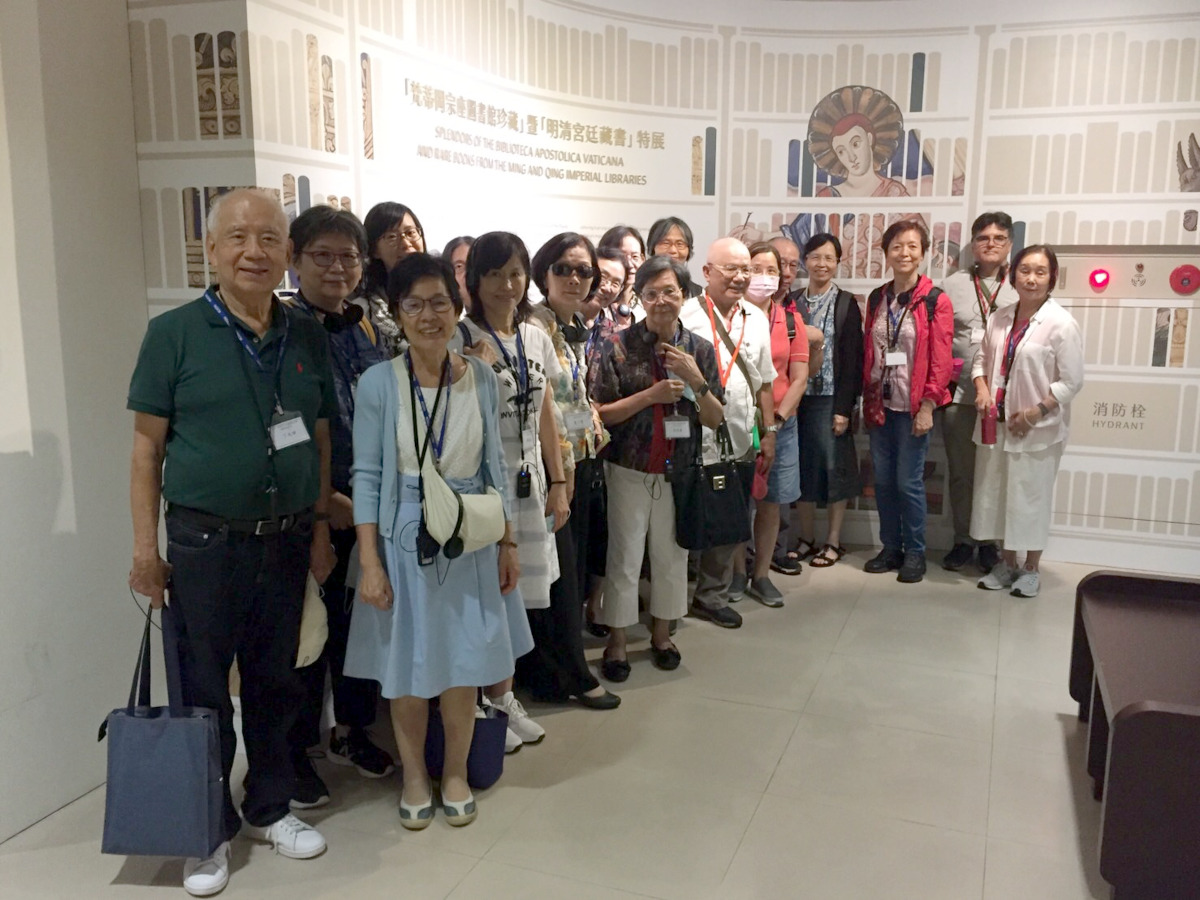 The current collection consists of 80,000 rare codices, about 100,000 archival documents, 1.6 million printed books (including 8,900 incunabula dating back to the sixteenth century), and 300,000 coins and medals. The collection spans 2,500 years, with old codices and ancient prints being the most characteristic. Usually, the Pontifical Catholic Library only lends three to five originals for international exhibitions, but this time it generously lent 42 originals, some medals, coins and prints. This is a once-in-a-millennium exhibition.
The current collection consists of 80,000 rare codices, about 100,000 archival documents, 1.6 million printed books (including 8,900 incunabula dating back to the sixteenth century), and 300,000 coins and medals. The collection spans 2,500 years, with old codices and ancient prints being the most characteristic. Usually, the Pontifical Catholic Library only lends three to five originals for international exhibitions, but this time it generously lent 42 originals, some medals, coins and prints. This is a once-in-a-millennium exhibition.
Indisplay, we can admire the fourth-century Codex Vaticanus (the oldest, and almost complete, Greek Bible codex in existence), while the fifth-sixth-century Vergilius Romanus contains the works of Virgil (70-19 BC), the most famous Roman poet before Jesus.
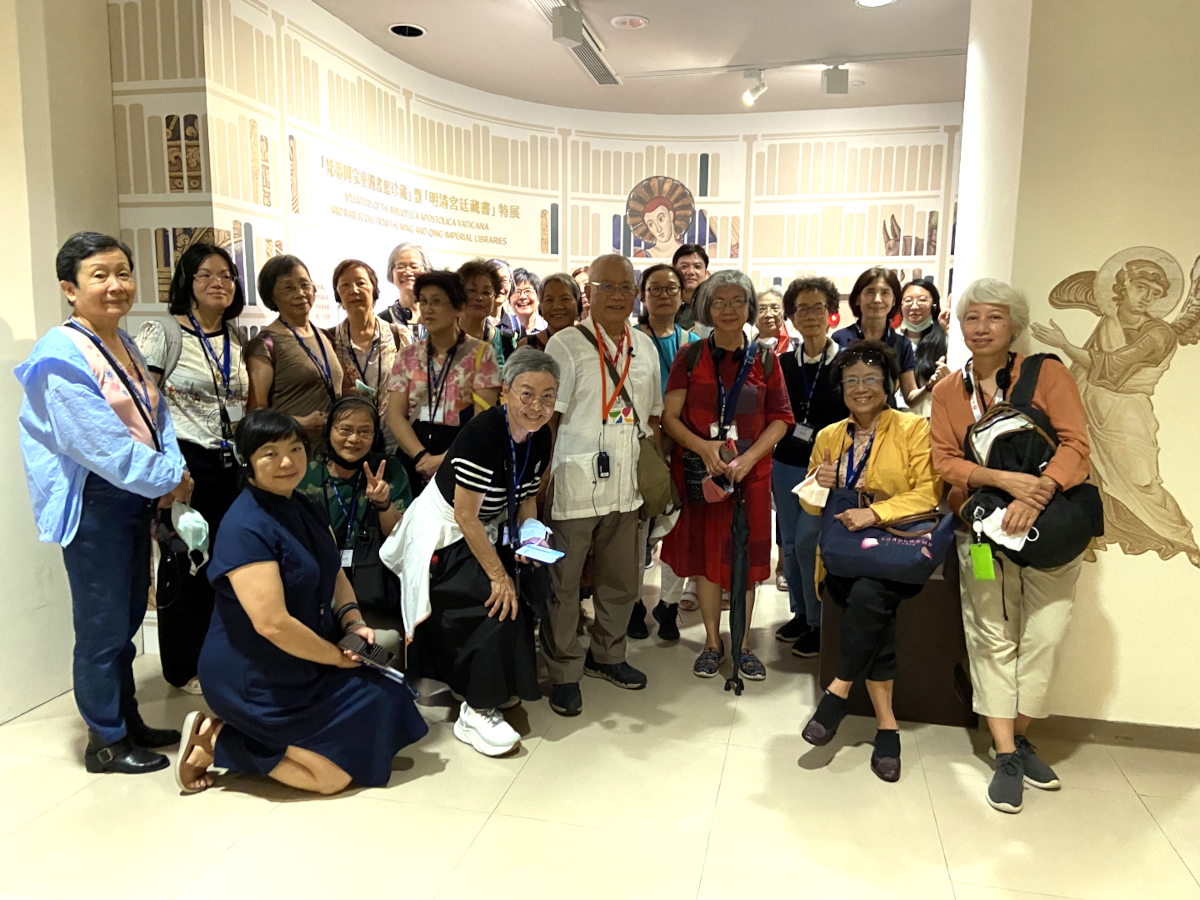 In addition to the Pontifical Library's collection, the Palace Museum also showcased rare books from the Ming and Qing courts. The Ming Dynasty inherited the old collections of the Song and Yuan dynasties, and with several emperors soliciting the collection of books, the Secretaries of State were also very active in engraving books, so the collection of books and the engraving of books gradually increased. Despite the turmoil of the late Ming Dynasty, after things finally settle, the Qing Dynasty, particularly in the High Qing era of Kangxi, Yongzheng, and Qianlong Emperors, the Wuying Palace compiled and edited the books, which can be regarded as the heyday of the history of the collection of books in China's court.
In addition to the Pontifical Library's collection, the Palace Museum also showcased rare books from the Ming and Qing courts. The Ming Dynasty inherited the old collections of the Song and Yuan dynasties, and with several emperors soliciting the collection of books, the Secretaries of State were also very active in engraving books, so the collection of books and the engraving of books gradually increased. Despite the turmoil of the late Ming Dynasty, after things finally settle, the Qing Dynasty, particularly in the High Qing era of Kangxi, Yongzheng, and Qianlong Emperors, the Wuying Palace compiled and edited the books, which can be regarded as the heyday of the history of the collection of books in China's court.
The exhibition at the National Palace contains four sections:
"The Ancient and Righteous Texts" begins with the court's building up of mainstream scholarship, and brings out the most important cultural endeavors of the Ming and Qing dynasties.
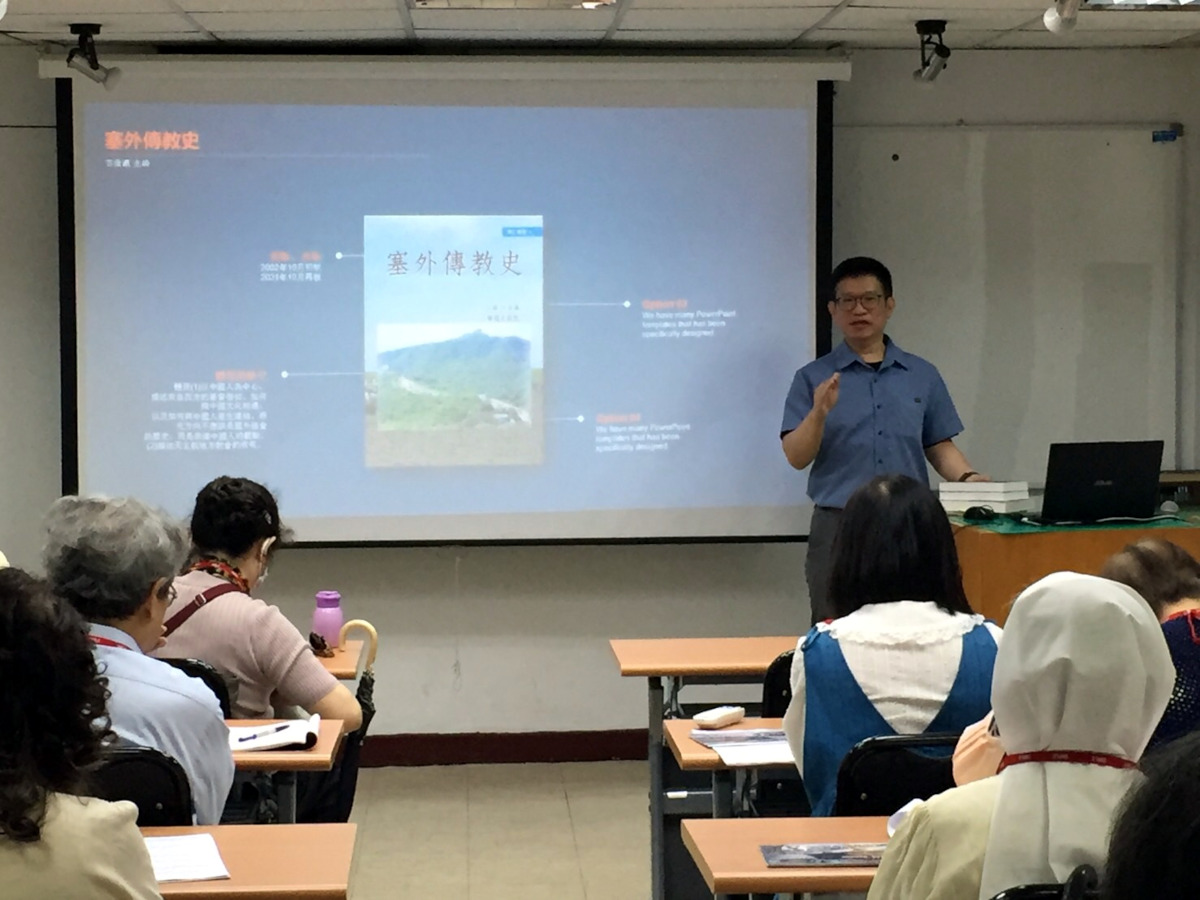 Another section is the "Rue Palace": the "Rue Palace" is said to be the mythical place where the Celestial Emperor kept the most precious books, books that, according to legend, have the smell of “rue”. This section showcases the precious books from the imperial collections of the Ming and Qing dynasties, the oldest of which is the Song dynasty's "昭德先生郡齋讀書志" (The Book of Reading at the Studio of Mr. Zhaode), and "梅亭先生四六標準" (The Four or Six Standards of Mr. Meiting), also from Song dynasty.
Another section is the "Rue Palace": the "Rue Palace" is said to be the mythical place where the Celestial Emperor kept the most precious books, books that, according to legend, have the smell of “rue”. This section showcases the precious books from the imperial collections of the Ming and Qing dynasties, the oldest of which is the Song dynasty's "昭德先生郡齋讀書志" (The Book of Reading at the Studio of Mr. Zhaode), and "梅亭先生四六標準" (The Four or Six Standards of Mr. Meiting), also from Song dynasty.
The last part of the exhibition is "Practice of Purity": some emperors of the Ming and Qing dynasties were close to Buddhism, as evidenced by the imperial edicts requesting to carve and print Buddhist scriptures in their chambers, and by the establishment of the Han scripture factory by Emperor Yongle of the Ming Dynasty and the Fans scripture factory by Emperor Yongle of the Qing Dynasty. The most eye-catching part of the exhibition is the "Dragon Sutra", which has been designated as a national treasure.![Introduction to]() Since the Taiwanese church did not organize a special tour for this exhibition, and the documents on display did not have many detailed explanations and mostly in Protestant terminology (Catholic and Protestant religious terminology differs), it was not so easy to understand for our parishioners. As the mission of Verbiest Association is to promote East-West cultural exchanges, and I was aware of this once-in-a-millennium exhibition, Verbiest Association planned three guided visits to the exhibition: May 2, June 6, and July 4, 2023, respectively. The number of participants for each of the three exhibitions was limited to 20, and an article was published in the Catholic Weekly under the title "An Exhibition of a Thousand Years, a Guide of a Hundred Years". After the publication of the article, there was an overwhelming response and each of the three exhibitions was filled to capacity, even with a few people on the waiting list. Later, other groups from Chiayi and Chungli parishes approached us privately to conduct the tours, and they were successfully completed.
Since the Taiwanese church did not organize a special tour for this exhibition, and the documents on display did not have many detailed explanations and mostly in Protestant terminology (Catholic and Protestant religious terminology differs), it was not so easy to understand for our parishioners. As the mission of Verbiest Association is to promote East-West cultural exchanges, and I was aware of this once-in-a-millennium exhibition, Verbiest Association planned three guided visits to the exhibition: May 2, June 6, and July 4, 2023, respectively. The number of participants for each of the three exhibitions was limited to 20, and an article was published in the Catholic Weekly under the title "An Exhibition of a Thousand Years, a Guide of a Hundred Years". After the publication of the article, there was an overwhelming response and each of the three exhibitions was filled to capacity, even with a few people on the waiting list. Later, other groups from Chiayi and Chungli parishes approached us privately to conduct the tours, and they were successfully completed.
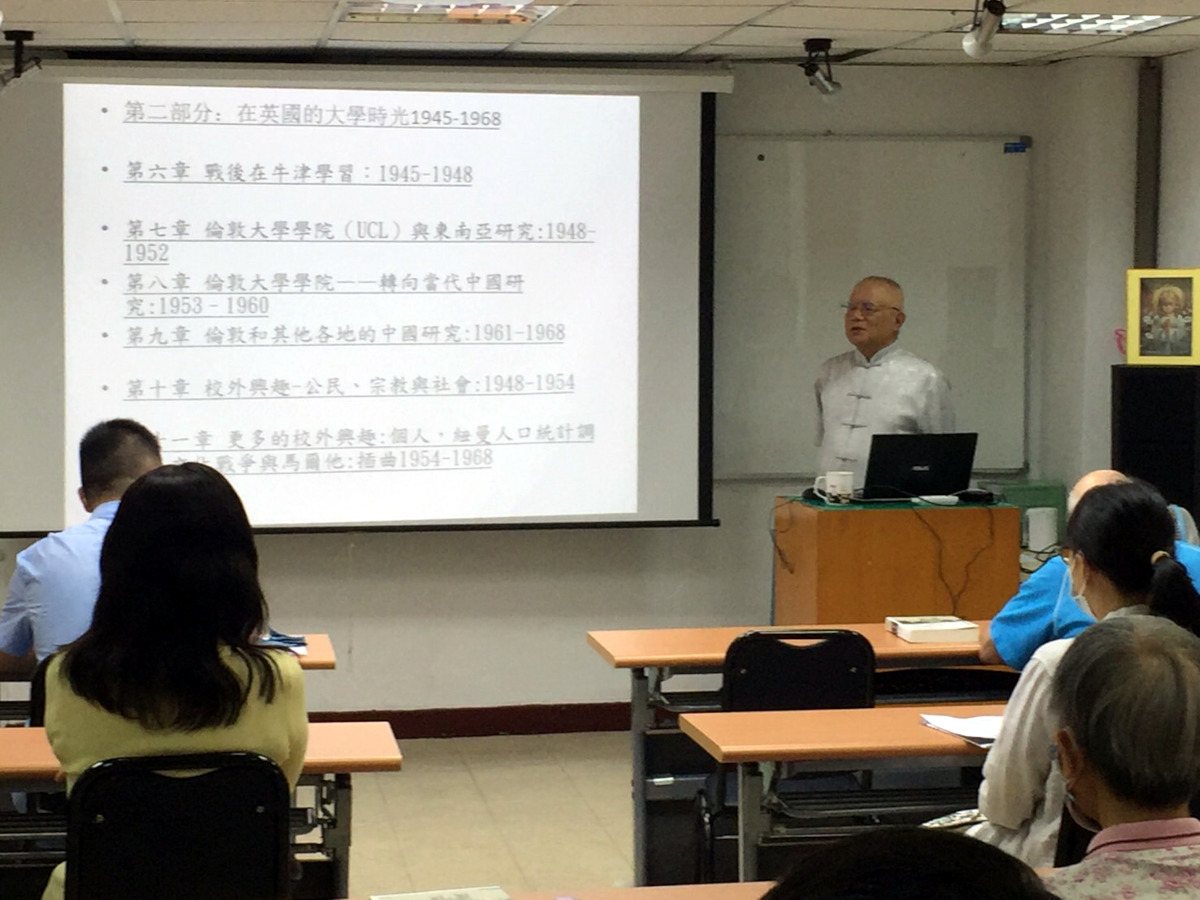 The Foundation has published many books related to the Church over the decades, so a book presentation was held in combination on the day of the tour. In order to give participants a more in-depth tour, a pre-tour briefing was held on the 8th floor of the Central Building, the home of the Verbiest Association.
The Foundation has published many books related to the Church over the decades, so a book presentation was held in combination on the day of the tour. In order to give participants a more in-depth tour, a pre-tour briefing was held on the 8th floor of the Central Building, the home of the Verbiest Association.
First, the Secretary of the Foundation, Mr. Joseph Lim, introduced the Foundation's publications, especially the works that may be of interest to lay people; it was follow with the explanation I gave on the characteristics and contents of the book exhibition of the Vatican Pontifical Library and the National Palace Museum’s Ming and Qing Dynasties, paying particular attention to some of the pieces that usually are not available for display, reminding everyone to seize the opportunity to appreciate them carefully. Afterwards, some people told me that the explanations given on the guided tour made them feel the value and significance of these exhibitions.
In addition to the guided tours of the National Palace Museum, Verbiest Association also held three presential book reading clubs in the evenings of August 22nd, September 19th, and October 24th at the Verbiest Association premises, where we provided a detailed presentation of two of the best books we have published in recent years. One was an autobiographical book, China: In Life's Foreground, by Audrey G. Donnithorne (1922-2020), the Sichuan born daughter of an Anglican missionary, who later became an ardent Catholic, educated at a prestigious school in the UK, and a brilliant economist; still, throughout her life she never forgot her commitment to the evangelization of China's.
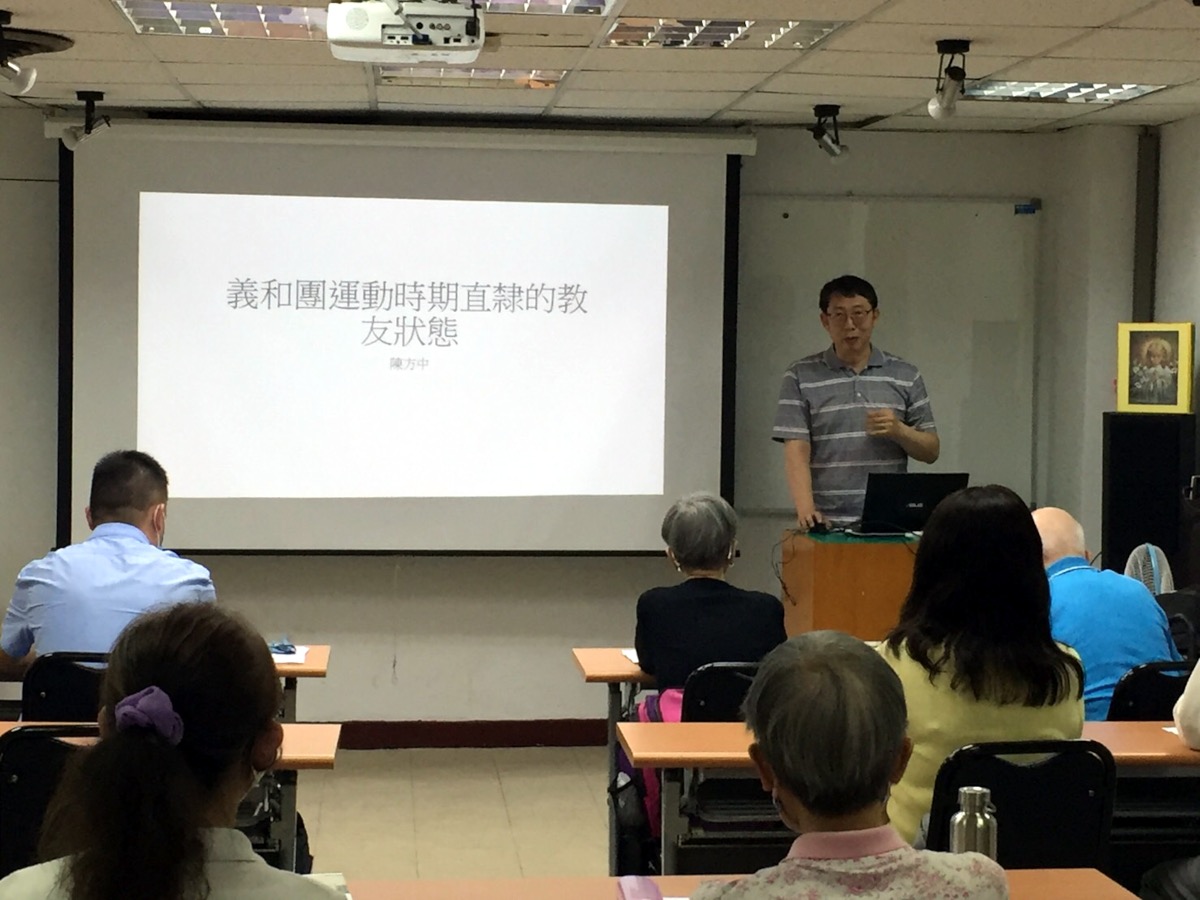 The other book was "崩落天朝的天國子民-義和團時期的天主教會" (The People of Heaven in the Collapsing Dynasty -The Catholic Church in the Time of the Boxer Rebellion) written by Prof. Chen Fangzhong, Dean of the College of Liberal Arts of Fu Jen Catholic University. There was a good turnout of readers-paricipants, and it was heartwarming to see old priests like Fr. Luis Gutheinz (SJ) and Fr. Francis Kuo (CM) also joining in the activity.
The other book was "崩落天朝的天國子民-義和團時期的天主教會" (The People of Heaven in the Collapsing Dynasty -The Catholic Church in the Time of the Boxer Rebellion) written by Prof. Chen Fangzhong, Dean of the College of Liberal Arts of Fu Jen Catholic University. There was a good turnout of readers-paricipants, and it was heartwarming to see old priests like Fr. Luis Gutheinz (SJ) and Fr. Francis Kuo (CM) also joining in the activity.
All in all, these two sessions were a meaningful feast for the soul.
There are only two ways for a person to have depth and character, one is to pray and the other is to read, and these two book related activities were a good start.
VIDEO LINKS (In Mandarin Chinese)
 The Chinese Verbiest Cultural Exchange Association (Verbiest Association) is committed to the exchange between Chinese and Western cultures. In 2023, there were be two quite significant activities: a guided tour of the Pontifical and Palace Museum Book Exhibitions, and a presentation and a reading club of some new titles of the Huairen book collection.
The Chinese Verbiest Cultural Exchange Association (Verbiest Association) is committed to the exchange between Chinese and Western cultures. In 2023, there were be two quite significant activities: a guided tour of the Pontifical and Palace Museum Book Exhibitions, and a presentation and a reading club of some new titles of the Huairen book collection.In April, the Vatican Pontifical Library in Rome co-organized a book exhibition with the National Palace Museum in Taipei. The Pontifical Library was founded by Pope Nicholas V (r. 1447-1455) in the mid-15th century, at a time when the Pope's secular power was strong, for “the convenience of intellectuals". Over the millennia, the collection has been enriched both architecturally and in the book deposit through additions and acquisitions by several popes, leading to its present size, which is claimed to be the "memory of mankind".
 The current collection consists of 80,000 rare codices, about 100,000 archival documents, 1.6 million printed books (including 8,900 incunabula dating back to the sixteenth century), and 300,000 coins and medals. The collection spans 2,500 years, with old codices and ancient prints being the most characteristic. Usually, the Pontifical Catholic Library only lends three to five originals for international exhibitions, but this time it generously lent 42 originals, some medals, coins and prints. This is a once-in-a-millennium exhibition.
The current collection consists of 80,000 rare codices, about 100,000 archival documents, 1.6 million printed books (including 8,900 incunabula dating back to the sixteenth century), and 300,000 coins and medals. The collection spans 2,500 years, with old codices and ancient prints being the most characteristic. Usually, the Pontifical Catholic Library only lends three to five originals for international exhibitions, but this time it generously lent 42 originals, some medals, coins and prints. This is a once-in-a-millennium exhibition.Indisplay, we can admire the fourth-century Codex Vaticanus (the oldest, and almost complete, Greek Bible codex in existence), while the fifth-sixth-century Vergilius Romanus contains the works of Virgil (70-19 BC), the most famous Roman poet before Jesus.
 In addition to the Pontifical Library's collection, the Palace Museum also showcased rare books from the Ming and Qing courts. The Ming Dynasty inherited the old collections of the Song and Yuan dynasties, and with several emperors soliciting the collection of books, the Secretaries of State were also very active in engraving books, so the collection of books and the engraving of books gradually increased. Despite the turmoil of the late Ming Dynasty, after things finally settle, the Qing Dynasty, particularly in the High Qing era of Kangxi, Yongzheng, and Qianlong Emperors, the Wuying Palace compiled and edited the books, which can be regarded as the heyday of the history of the collection of books in China's court.
In addition to the Pontifical Library's collection, the Palace Museum also showcased rare books from the Ming and Qing courts. The Ming Dynasty inherited the old collections of the Song and Yuan dynasties, and with several emperors soliciting the collection of books, the Secretaries of State were also very active in engraving books, so the collection of books and the engraving of books gradually increased. Despite the turmoil of the late Ming Dynasty, after things finally settle, the Qing Dynasty, particularly in the High Qing era of Kangxi, Yongzheng, and Qianlong Emperors, the Wuying Palace compiled and edited the books, which can be regarded as the heyday of the history of the collection of books in China's court.The exhibition at the National Palace contains four sections:
"The Ancient and Righteous Texts" begins with the court's building up of mainstream scholarship, and brings out the most important cultural endeavors of the Ming and Qing dynasties.
 Another section is the "Rue Palace": the "Rue Palace" is said to be the mythical place where the Celestial Emperor kept the most precious books, books that, according to legend, have the smell of “rue”. This section showcases the precious books from the imperial collections of the Ming and Qing dynasties, the oldest of which is the Song dynasty's "昭德先生郡齋讀書志" (The Book of Reading at the Studio of Mr. Zhaode), and "梅亭先生四六標準" (The Four or Six Standards of Mr. Meiting), also from Song dynasty.
Another section is the "Rue Palace": the "Rue Palace" is said to be the mythical place where the Celestial Emperor kept the most precious books, books that, according to legend, have the smell of “rue”. This section showcases the precious books from the imperial collections of the Ming and Qing dynasties, the oldest of which is the Song dynasty's "昭德先生郡齋讀書志" (The Book of Reading at the Studio of Mr. Zhaode), and "梅亭先生四六標準" (The Four or Six Standards of Mr. Meiting), also from Song dynasty.The last part of the exhibition is "Practice of Purity": some emperors of the Ming and Qing dynasties were close to Buddhism, as evidenced by the imperial edicts requesting to carve and print Buddhist scriptures in their chambers, and by the establishment of the Han scripture factory by Emperor Yongle of the Ming Dynasty and the Fans scripture factory by Emperor Yongle of the Qing Dynasty. The most eye-catching part of the exhibition is the "Dragon Sutra", which has been designated as a national treasure.
 The Foundation has published many books related to the Church over the decades, so a book presentation was held in combination on the day of the tour. In order to give participants a more in-depth tour, a pre-tour briefing was held on the 8th floor of the Central Building, the home of the Verbiest Association.
The Foundation has published many books related to the Church over the decades, so a book presentation was held in combination on the day of the tour. In order to give participants a more in-depth tour, a pre-tour briefing was held on the 8th floor of the Central Building, the home of the Verbiest Association.First, the Secretary of the Foundation, Mr. Joseph Lim, introduced the Foundation's publications, especially the works that may be of interest to lay people; it was follow with the explanation I gave on the characteristics and contents of the book exhibition of the Vatican Pontifical Library and the National Palace Museum’s Ming and Qing Dynasties, paying particular attention to some of the pieces that usually are not available for display, reminding everyone to seize the opportunity to appreciate them carefully. Afterwards, some people told me that the explanations given on the guided tour made them feel the value and significance of these exhibitions.
In addition to the guided tours of the National Palace Museum, Verbiest Association also held three presential book reading clubs in the evenings of August 22nd, September 19th, and October 24th at the Verbiest Association premises, where we provided a detailed presentation of two of the best books we have published in recent years. One was an autobiographical book, China: In Life's Foreground, by Audrey G. Donnithorne (1922-2020), the Sichuan born daughter of an Anglican missionary, who later became an ardent Catholic, educated at a prestigious school in the UK, and a brilliant economist; still, throughout her life she never forgot her commitment to the evangelization of China's.
 The other book was "崩落天朝的天國子民-義和團時期的天主教會" (The People of Heaven in the Collapsing Dynasty -The Catholic Church in the Time of the Boxer Rebellion) written by Prof. Chen Fangzhong, Dean of the College of Liberal Arts of Fu Jen Catholic University. There was a good turnout of readers-paricipants, and it was heartwarming to see old priests like Fr. Luis Gutheinz (SJ) and Fr. Francis Kuo (CM) also joining in the activity.
The other book was "崩落天朝的天國子民-義和團時期的天主教會" (The People of Heaven in the Collapsing Dynasty -The Catholic Church in the Time of the Boxer Rebellion) written by Prof. Chen Fangzhong, Dean of the College of Liberal Arts of Fu Jen Catholic University. There was a good turnout of readers-paricipants, and it was heartwarming to see old priests like Fr. Luis Gutheinz (SJ) and Fr. Francis Kuo (CM) also joining in the activity.All in all, these two sessions were a meaningful feast for the soul.
There are only two ways for a person to have depth and character, one is to pray and the other is to read, and these two book related activities were a good start.
VIDEO LINKS (In Mandarin Chinese)
- 《中國:吾心之重》 - China in Life's Foreground
- 《崩落天朝的天國子民 - 義和團時期的天主教會》- 義和團運動時期直隸的教友狀態(1)
- 《崩落天朝的天國子民 - 義和團時期的天主教會》- 民間信仰與秘密宗教間的義和團(2上)
- 《崩落天朝的天國子民 - 義和團時期的天主教會》- 民間信仰與秘密宗教間的義和團(2下)
